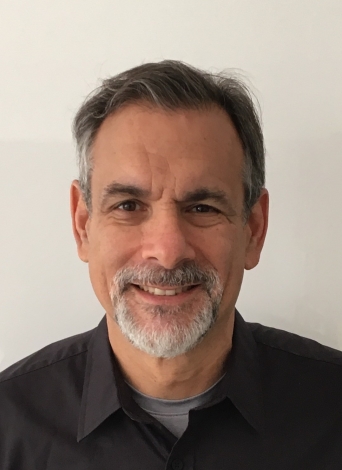Inspirational Stories
Doug
Myeloma Survivor
I have always been a builder. Professionally, I am an architect. You could say that I’ve spent my life building spaces where people could grow. I never imagined, however, that I would someday have to rebuild my own. In February 2015, after experiencing months of excruciating and debilitating back pain that doctors mistakenly attributed to deteriorating lower lumbar discs, I had an MRI that revealed multiple vertebral compressed fractures. My new doctor, suspecting multiple myeloma, immediately ordered blood work.
While I awaited the results over several days, my health declined rapidly and I landed in the hospital intensive care unit, where I spent the next three weeks receiving treatment for anemia, dehydration, a-fibrillation, and kidney and liver failure. While I was there, I also received a diagnosis: multiple myeloma.
Although my hospitalization and subsequent participation in a clinical trial stabilized me, I faced severe physical limitations. The multiple compressed vertebral fractures left me with a deformed spine, atrophied muscles, an inability to perform basic functions and a body wracked with pain. Despite tremendous support from friends, community and my partner, Joan, I was not prepared for the uncertainty that lay ahead.
Joan tried mightily to comfort me. She had a hospital bed delivered to our home, and asked one night to lie behind me. At first, I could not bear the thought of her touching my back. After all, just the shower or clothes against my skin hurt. But eventually I agreed, deeply touched by her loving persistence.
Nevertheless, I felt lost and paralyzed. I had no schedule or daily structure. I was in pain, unsteady on my feet and scared. I spent hours doing basic things that once took minutes — using the bathroom, washing, getting in and out of bed, dressing, traveling to the hospital for chemotherapy and lab work. How would I rebuild my life?
There is a narrative of loss, tragedy and death that stigmatizes people with cancer. I noticed colleagues, friends, and even family responding to me as if I had a death sentence. At work, no one asked what tasks I could and could not handle, or how they could make reasonable accommodations. Instead, they terminated me. This is just one reason why many people conceal their cancer. I did the opposite: I embraced mine.
I created a schedule for cooking, eating, having physical and occupational therapy, and working with the health care professionals who made home visits. I regularly invited friends to accompany me to appointments for chemotherapy and lab work. Although I needed to rest during the day, I began — and continue to — exercise vigilantly to slow down further deterioration. I also searched for support groups and people with the same diagnosis. The Leukemia & Lymphoma Society has been especially helpful in providing medical and financial resource information.
Five years after my diagnosis and now in partial remission, I have come to accept my cancer and my new self. I can't live my life as before, and yet, where some doors have closed, others have opened. I am more emotionally open and available to friends. I feel deep joy and gratitude for their and my healthcare providers’ support and love.
